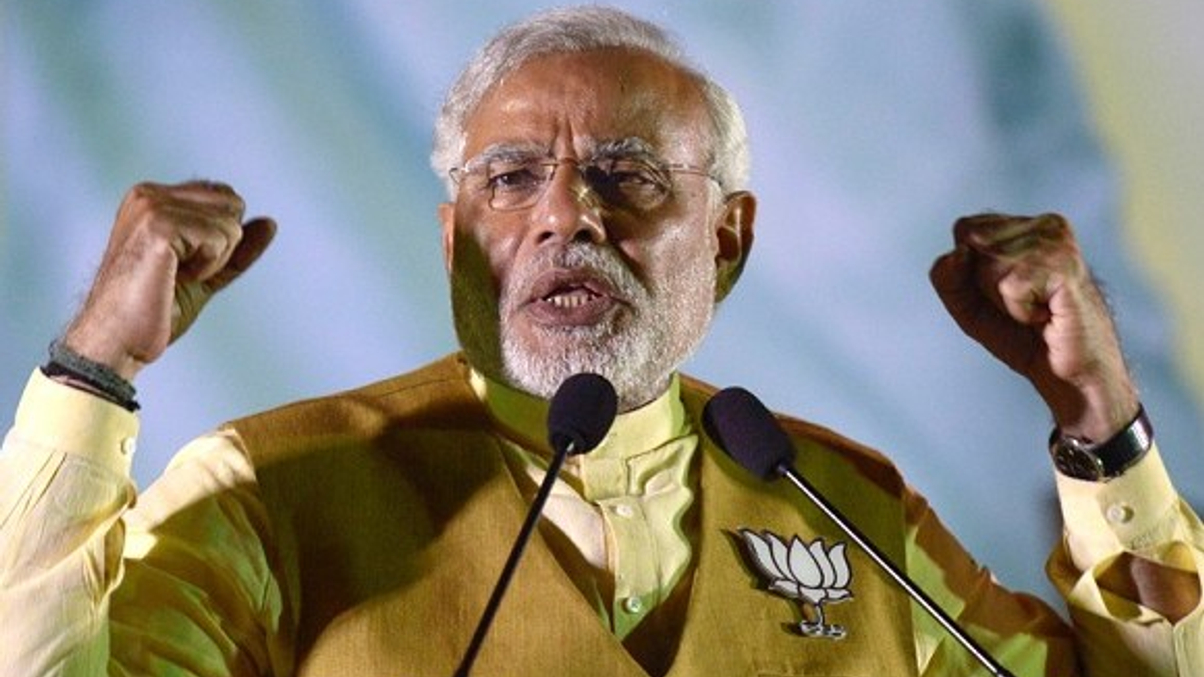India bids to consolidate foreign investment crown
The country is enjoying rising appeal among foreign investors, recently overtaking China as the top global destination for FDI. It must continue its reform momentum if this is to continue.

India's recent fiscal reforms and backing for a new national infrastructure fund should underpin its newfound status as the biggest global magnet for foreign capital. But overseas institutions want to see continued proof of the government’s commitment to facilitating foreign investment flows.
Sign in to read on!
Registered users get 2 free articles in 30 days.
Subscribers have full unlimited access to AsianInvestor
Not signed up? New users get 2 free articles per month, plus a 7-day unlimited free trial.
¬ Haymarket Media Limited. All rights reserved.


